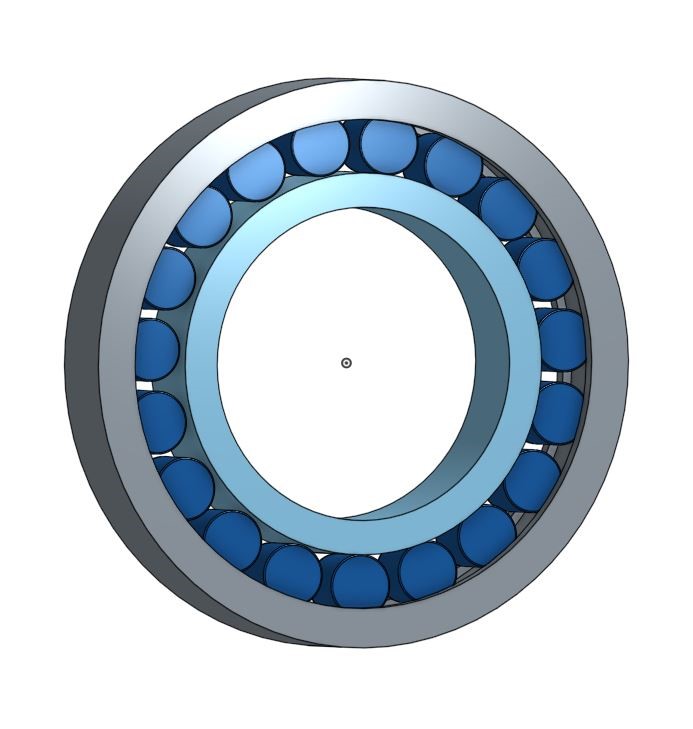Predicting the life of a mechanical component is not incredibly difficult, as long as you have the proper inputs. If, for example, you have a cylindrical roller bearing – you know the diameter of the rollers and the raceway interfaces, you know the roller count, and you know the profile of the contact interface – you can calculate the stress that will result in the rolling elements given an applied force.

Once you have the stress, you can use a material-specific model to predict the number of times (or cycles) a component can experience that amount of stress before it fails. While this method is not a perfect forecast of material longevity, it is useful in estimating component lifespans. The real trick to getting the best results from such an approach, is to make sure your inputs accurately represent real life geometry and loading conditions.
At Sentient Science, we get inputs right.
One key ingredient is to measure component geometry at macro- and micro-levels. At Sentient, we measure actual component samples from the systems we analyze using state-of-the-art equipment. Instead of relying on manufacturer-supplied component data, we independently measure every possible distance, diameter, and fillet to ensure that our models are DigitalClones® of the systems we analyze. We even go as far as scanning microscopic variations at contacting surfaces to understand stress peaks that occur from the unique wear patterns in components that are used in the field.
Another essential ingredient in our analysis is the generation of contextual loading conditions. Instead of trusting the load maxima that are supplied by manufacturers, we use the
DigitalClone® models we have made and sophisticated load balancing software to determine the forces that are actually at play in a complex mechanical system.
For example, when we analyze wind turbine gearboxes, we work on predicting the life span of individual bearings and gears within them. We account for the wind loads outside the turbine that then translate to torques and axial forces on the components within the gearbox. We also consider the geometry and material properties of the gearbox housing and the microscopic displacement that results from these flexible housing elements.
The key to predicting the future of mechanical components is all about getting inputs right; and, at Sentient Science, we get inputs right.
This article was written by Brennan Harris, Systems Engineer at Sentient Science
